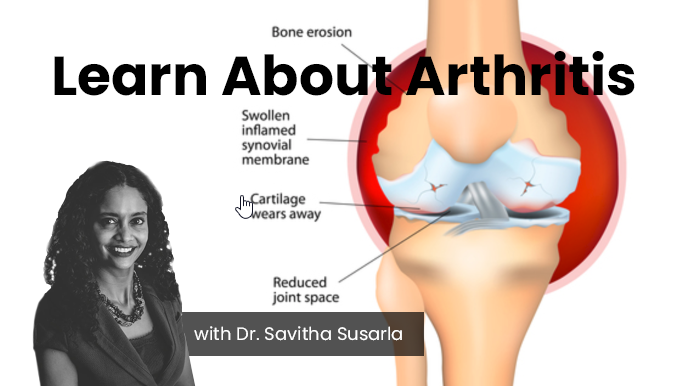I see osteoarthritis in almost every patient over the age of 40.
“Doc my knees are killing me,” says the patient with a BMI over 30.
“I screwed up my hips by playing so much basketball over the years,” says the patient with poor posture and a BMI of 25.
There are three main contributing factors of osteoarthritis:
-OBESITY
-OVERUSE
-WEAK MUSCLES AND BONES
Quite often, I see all three components in my patients!
However, with appropriate nutrition (intermittent fasting) and exercise (Posture Fit bar), you can decrease your chance of getting osteoarthritis.
Now let me give you a quick summary of OA (osteoarthritis)
What is osteoarthritis?
Osteoarthritis is when the cartilage wears down between your bones in the joint space because of overuse over time.
The common places affected are the knees, hips, and hands.
How do I know if I may have osteoarthritis?
The most common symptoms are stiffness, swelling, tenderness, and decreased range of motion of the joint. You will quite often hear “clicking” sounds of the joint space.
What happens when a joint is affected?
Normally, a smooth layer of cartilage acts as a pad between the bones of a joint. Cartilage helps the joint move easily and comfortably. In some people, the cartilage thins as the joints are used. This is the start of osteoarthritis. Over time, the cartilage wears away and the bones may rub against each other. The rubbing causes pain, swelling, and decreased motion of the joint.
Bones may even start to grow too thick on the ends where they meet to make a joint. Bits of cartilage may loosen and get in the way of movement. This also can cause pain, swelling, and stiffness.
Who gets osteoarthritis?
-OVERWEIGHT or OBESE
-REPEATED JOINT INJURY in athletes and and jobs that require movement over and over (like painting or operating a machine)
How is osteoarthritis diagnosed?
Your doctor will take a history and physical exam. If he or she suspects osteoarthritis then X-rays may be ordered. The X ray will show loss of joint space, and spurring of the bone.
Can osteoarthritis be prevented or avoided?
Maintain a healthy body weight. (TRY INTERMITTENT FASTING)
-Intermittent fasting is the one of the proven methods for weight loss. It sets your body into ketosis and then autophagy. This autophagy “cleans up” your body. This will lead to decreased inflammation in your body.
-When I fast for 36 hours my energy level is very high. The next day, my joints feel very supple. My muscles are relaxed and flexible. This will help your endurance for workouts.
Avoid repeated joint injury
-Do not overuse any joints, esp with vigorous forms of exercise.
-Do strength-training exercises to keep the muscles around your joints strong. This is especially important for weight-bearing joints, such as the hips, knees, and ankles.
Physical activity
-Physical activity that it non impact is very important in preventing osteoarthritis. Resistance training with light weights will strengthen the muscles and bones. It is important you do resistance training about 3-4 times per week with light weights.
-Swimming, yoga, biking, and walking are all good forms of exercise as well.
-I highly recommend the Posture Fit bar. See our video below.
Which medications should I take?
Your doctor will probably recommend taking over-the-counter medicines to manage your pain. These are medicines you can buy without a doctor’s prescription. Nonsteroidal anti-inflammatory drugs (NSAIDs) reduce inflammation and relieve pain. They include aspirin, ibuprofen (one brand name: Advil), and naproxen (one brand name: Aleve). Other pain relievers may help you feel better, such as acetaminophen (one brand name: Tylenol).
Your doctor can also prescribe medicine for you. This could be prescription pain relievers or prescription NSAIDs used to treat certain types of arthritis.
Medicine should be used wisely. You only need the amount that makes you feel good enough to keep moving. Using too much medicine may increase the risk of side effects.
Posure Fit Bar Exercise

